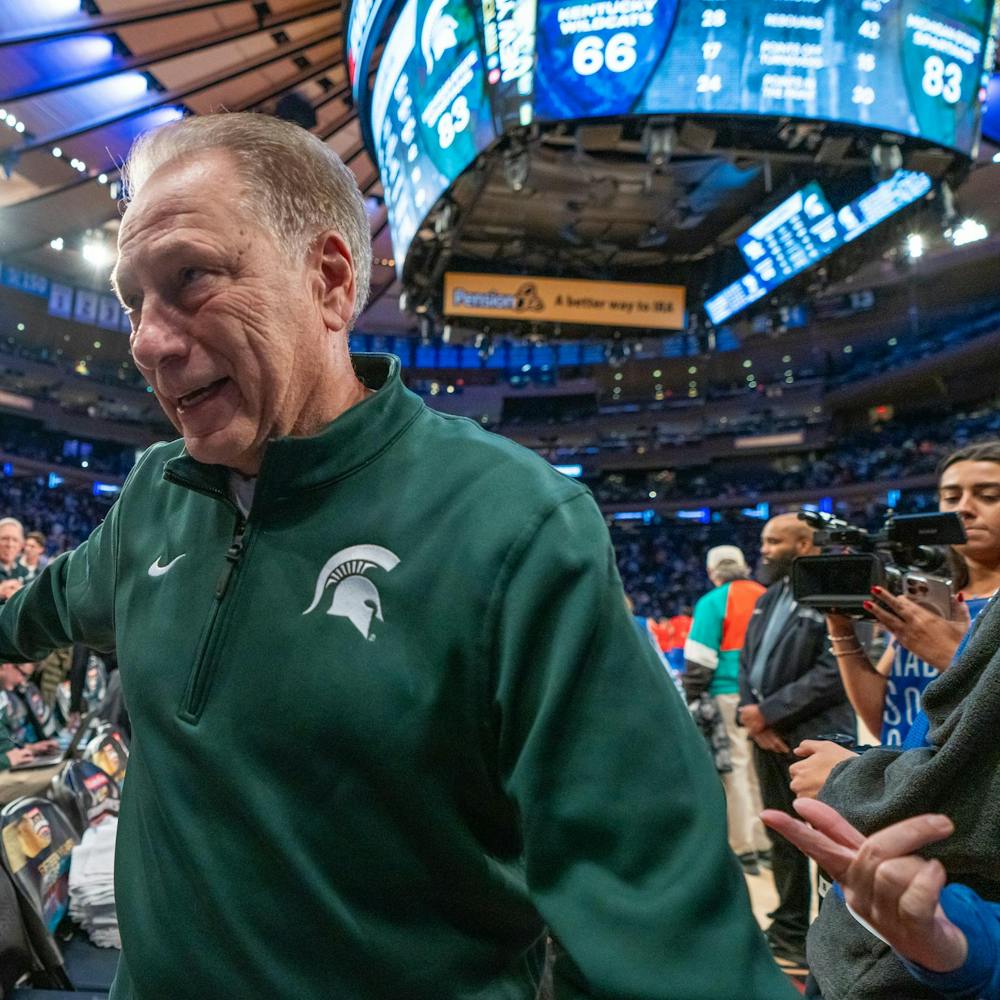Their football counterparts just finished working through the recusal processes for the first College Football Playoff, which will end in Arlington, Texas on Jan. 12, 2015.
The two groups are linked beyond their common championship destinations.
The basketball committee served as a prototype for the football playoff counterpart. Last week, current and former members on the basketball side offered thoughts to the football committee that includes athletic administrators, ex-players, Hall of Fame coaches and a former Secretary of State.
The key: being able to answer with some specificity why four teams made the cut and who didn’t.
“When the chairman is asked why did four go in and five didn’t, I think they have to be prepared with answers, and I think they will,” said Big 12 commissioner Bob Bowlsby, who chaired the basketball committee for two years.
In at least one way, the football selection committee will be taking the two most difficult aspects of the basketball committee — selecting the four No. 1 seeds and who makes the tournament — and combining them into one.
The whole process will be magnified.
The first team left out of March Madness wasn’t going to win the title, based on historical data.
The nation’s fifth-best football team, perhaps undefeated or with just one loss, can reasonably dream of a national title.
There will be no seventh-seeded UConns in a four-team playoff.
“In quality, the decisions are going to be difficult,” said Oklahoma athletic director Joe Castiglione, who serves on the men’s basketball committee. “There will be razor-thin margins between teams that make it into the playoffs and teams that are on the edge of being selected. That’s the challenge of it all.”
Transparency will be a key, Castiglione said, and not just for the fans. Coaches, players and athletic directors are interested in the criteria.
And that means, Castiglione said, as teams are preparing for the season, going through the season and are judged at the end of the season, those metrics are consistently applied.
One recent example: Right or wrong, the committee declined to put SMU in this year’s basketball field, in large part because of its underwhelming nonconference strength of schedule.
At least there was a rationale. The football committee faces a tougher cut.
“They’re selecting four from probably 12 that are going to be very worthy candidates,” MSU Athletics Director Mark Hollis said, “and you do have to have something to come back and say, ‘This was the data we looked at, here were some of the factors.’”






